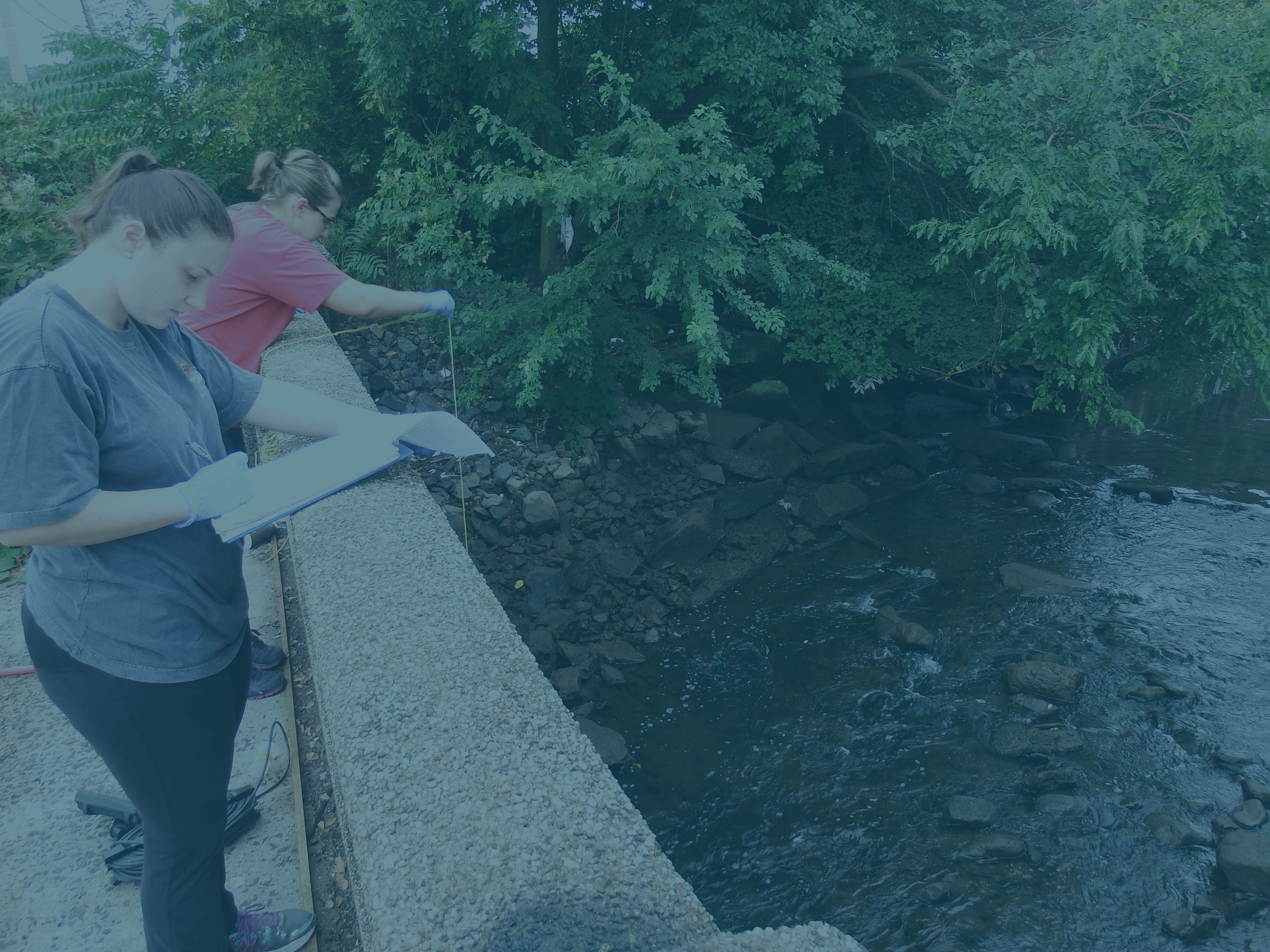
Blending Report: A joint project between IEC and EPA’s Office of Research and Development to determine the microbiological impact of blending prior to disinfection.
This research project was administered by the EPA Office of Research and Development and funded by Office of Water; Office of Policy, Economics and Innovation; and Office of Research and Development.
Blending is the practice of diverting a part of peak wet-weather flows at wastewater treatment plants (WWTPs), after primary treatment, around biological treatment units and combining effluent from all processes prior to disinfection and subsequent discharge from a permitted outfall. For combined sewer systems, EPA’s 1994 Combined Sewer Overflow (CSO) Policy encourages delivery of maximum flows to WWTPs, while ensuring that bypasses do not result in National Pollution Discharge Elimination System (NPDES) permit exceedences. Consistent with that principle, blending of flows at WWTPs serving combined sewer systems presents one of the more technically practicable and economically feasible alternatives. In addition, in December 2005, the EPA proposed, for public comment, a new policy for addressing peak flow events at municipal WWTPs served by separate sewer systems, also through flow maximization.
This project’s intent was to determine the microbiological impact of blending primary effluent flows that are in excess of secondary treatment capacity with the secondary effluent prior to disinfection at large municipal WWTPs. This approach is typically used by a number of municipal WWTPs within the Interstate Environmental Commission’s (IEC) jurisdiction during wet weather to maximize the flow to the WWTP and reduce CSO events. The primary objective of the study was to evaluate the effect of wet-weather blending on the concentration of fecal coliform and Enterococcus indicator bacteria, total residual chlorine, protozoa and viruses in the WWTP final effluent. Three New York City WWTPs were monitored for this project. The project was important for better predicting and understanding the impact of blending on CSO pollution control and receiving water quality.
The results showed that during blending, the sampled WWTPs remove, on average, between 97% and 99% of coliphage and enteric viruses; approximately 71% of Cryptosporidium; and between 40% and 88% of Giardia. The geometric mean for fecal coliform effluent concentrations during blending at the three WWTPs ranged from 520 to 19,000 MPN/100 ml and the corresponding geometric mean for Enterococcus effluent concentrations ranged from 870 to 17,000 MPN/100 ml. During blending, effluent BOD and TSS concentrations remained below 30 mg/l (a monthly average permit limit for both parameters) at two out of three WWTPs; the third WWTP, that had results above 30 mg/l for both parameters, was undergoing a partial construction at the time of sampling.
A sample maceration procedure was conducted to determine if bacteria occluded by particulate matter could be enumerated. Maceration was accomplished using a commercial Waring™ blender, which breaks apart particulate matter exposing bacteria within the particle interstices. After a statistical evaluation, it was shown that the maceration of effluent samples resulted in an increase in both fecal coliform and Enterococcus concentrations when compared to unmacerated samples.
DOWNLOAD REPORT